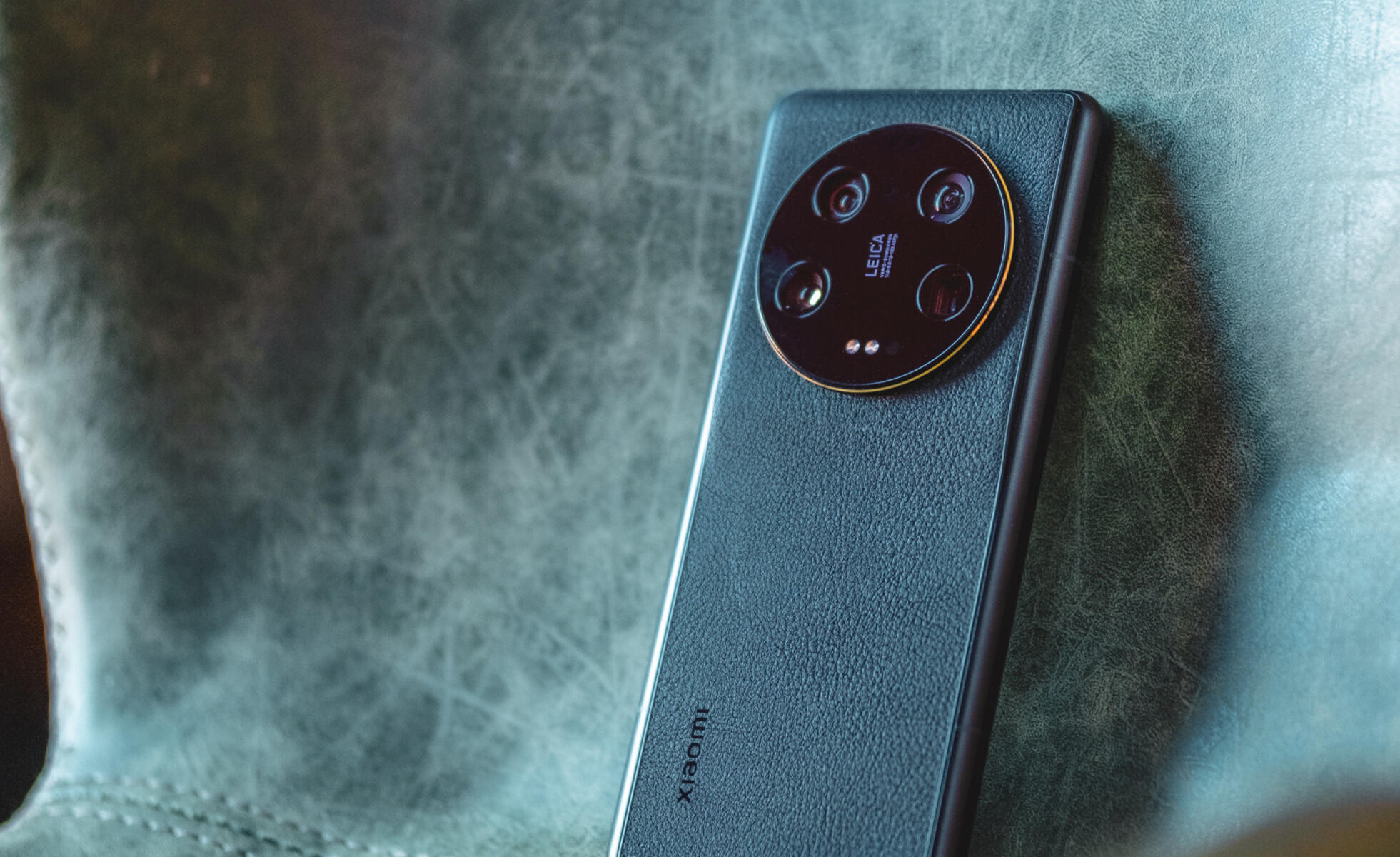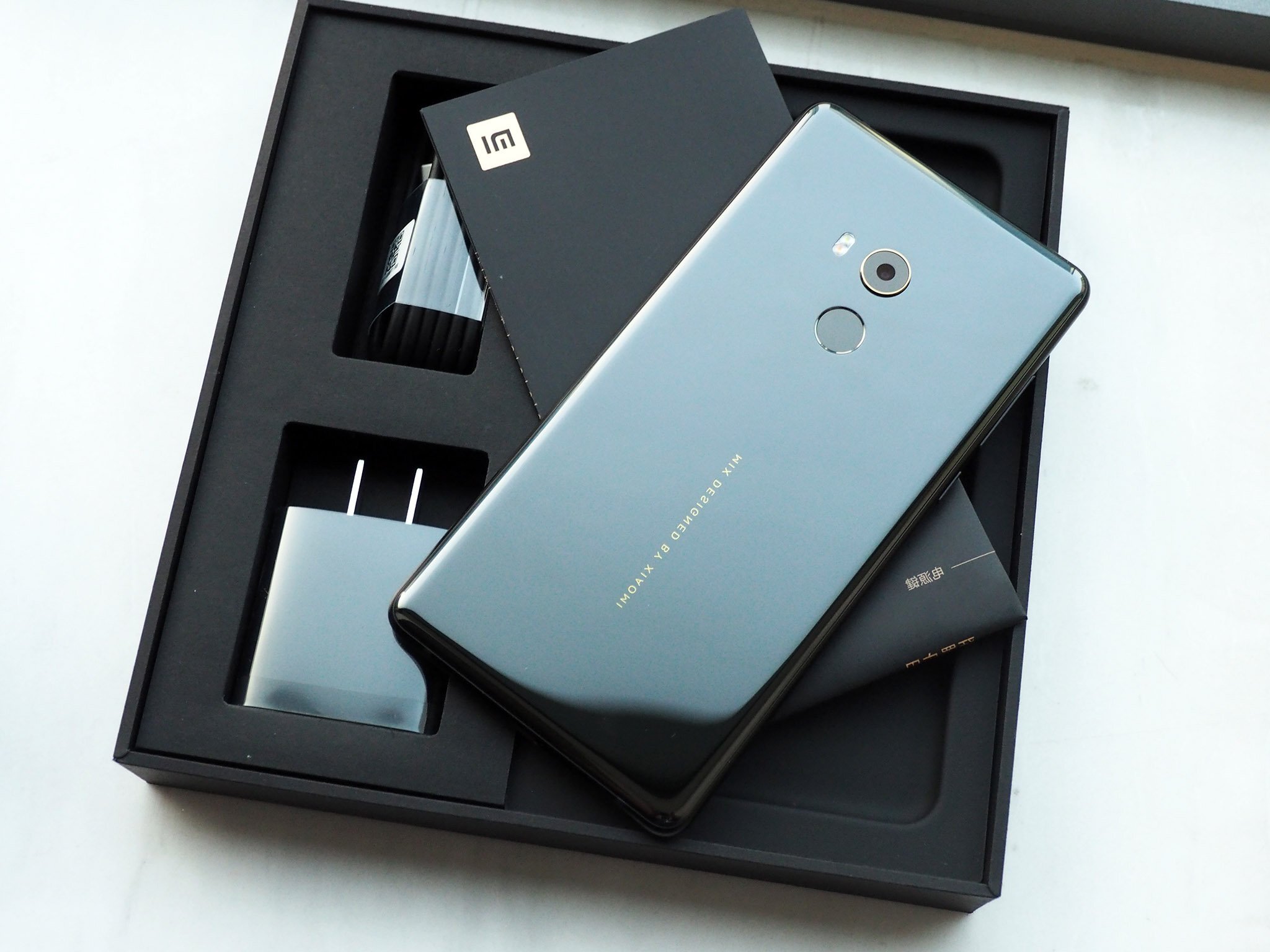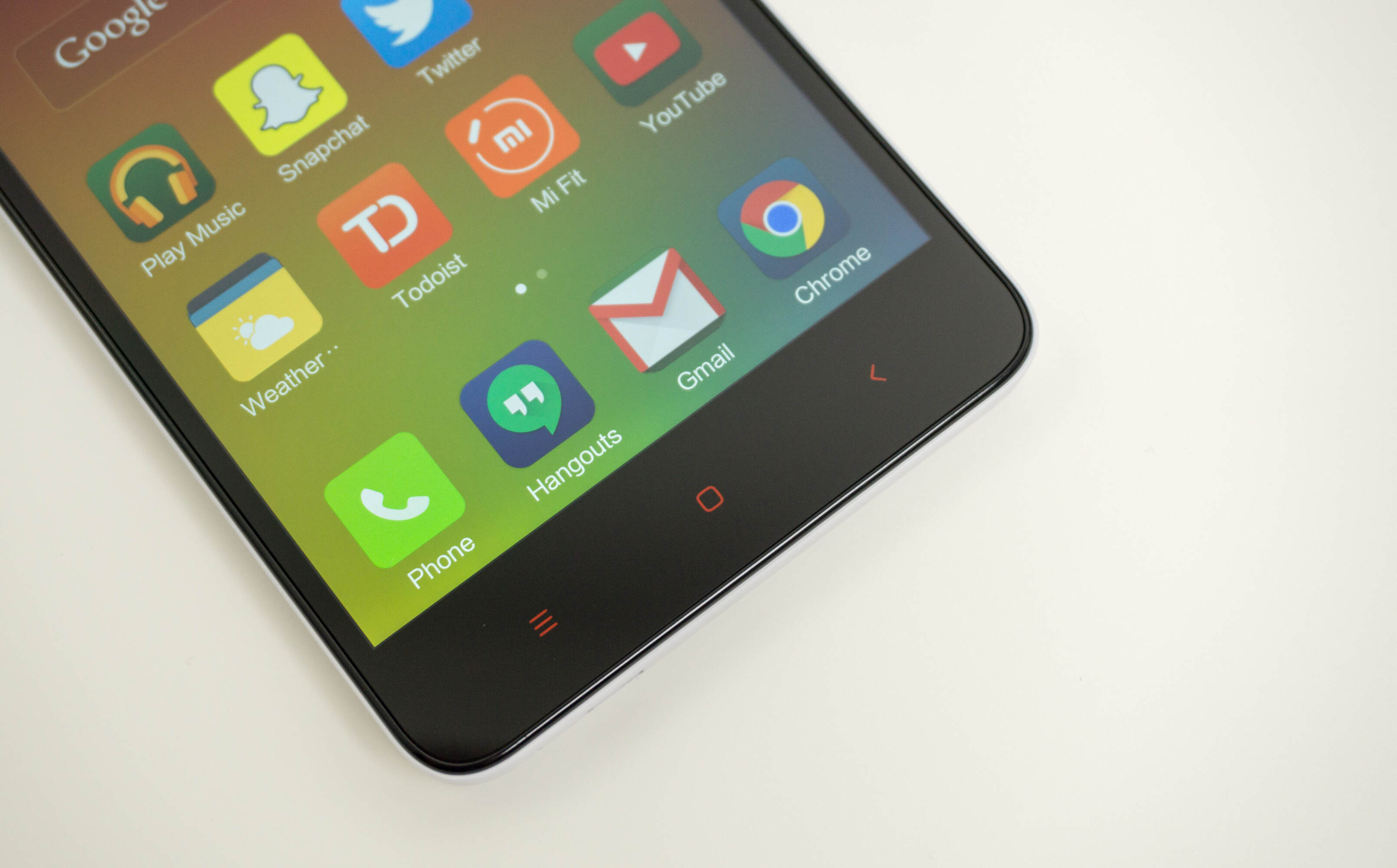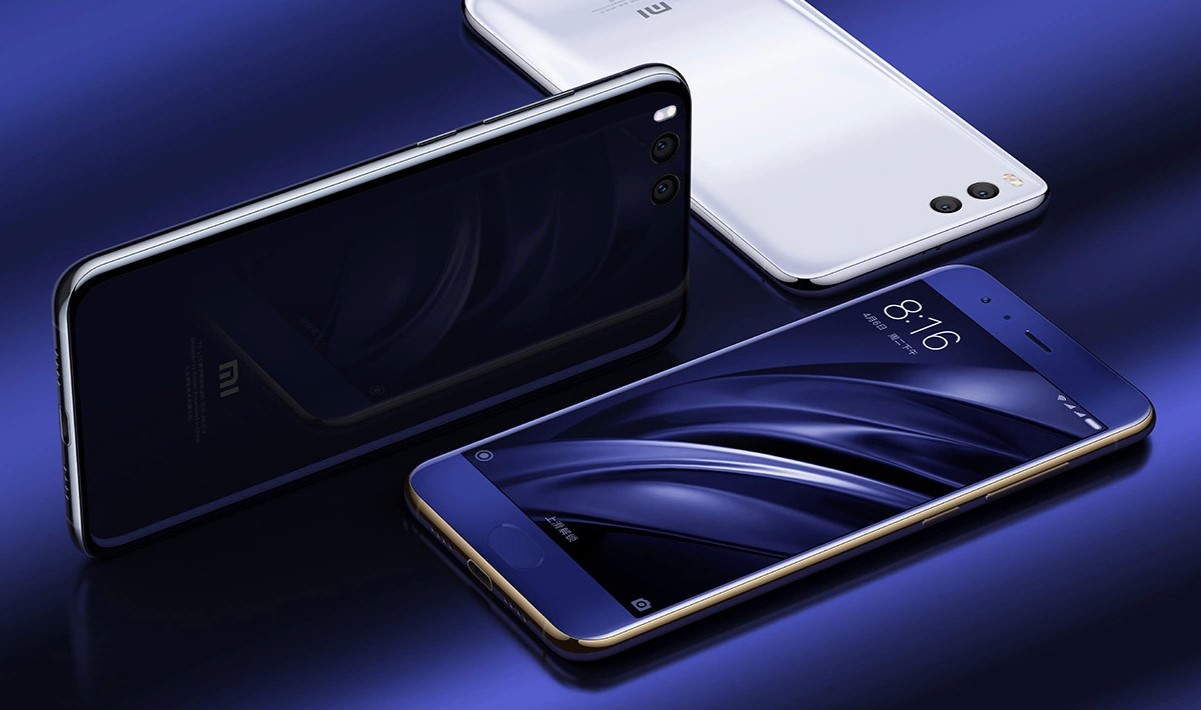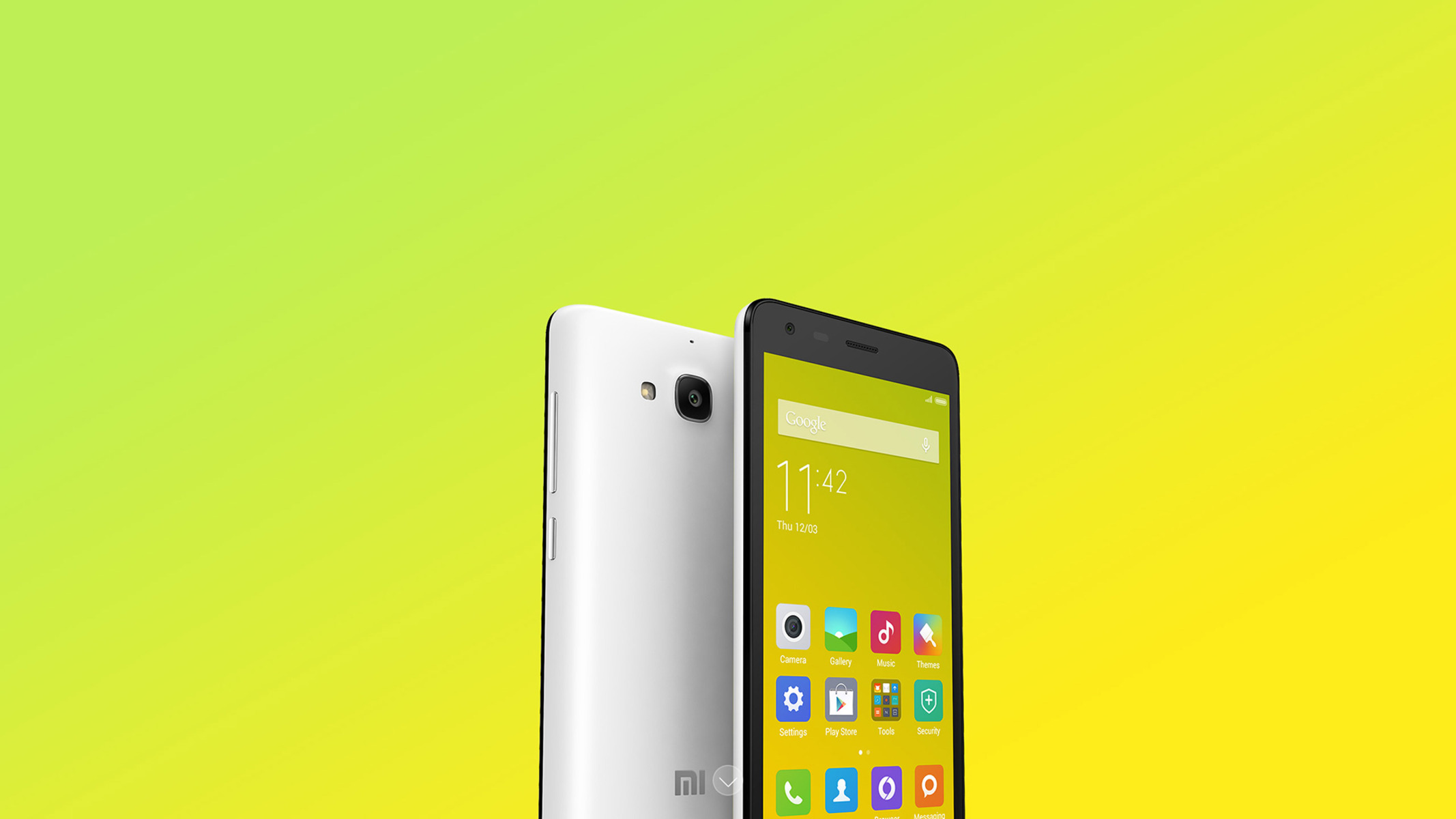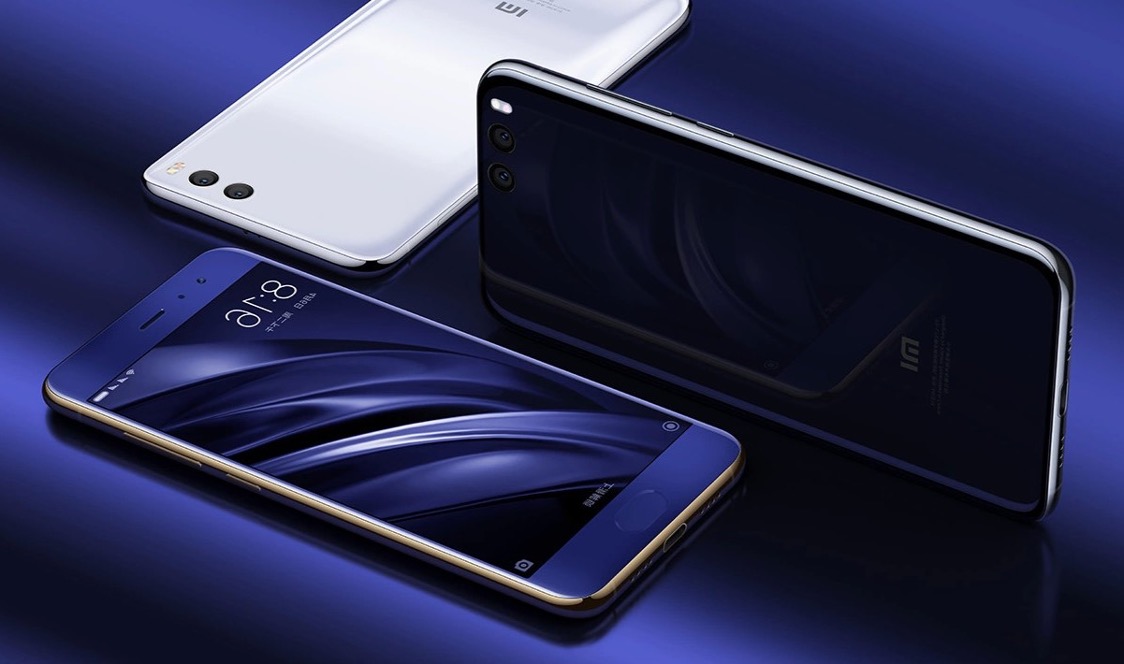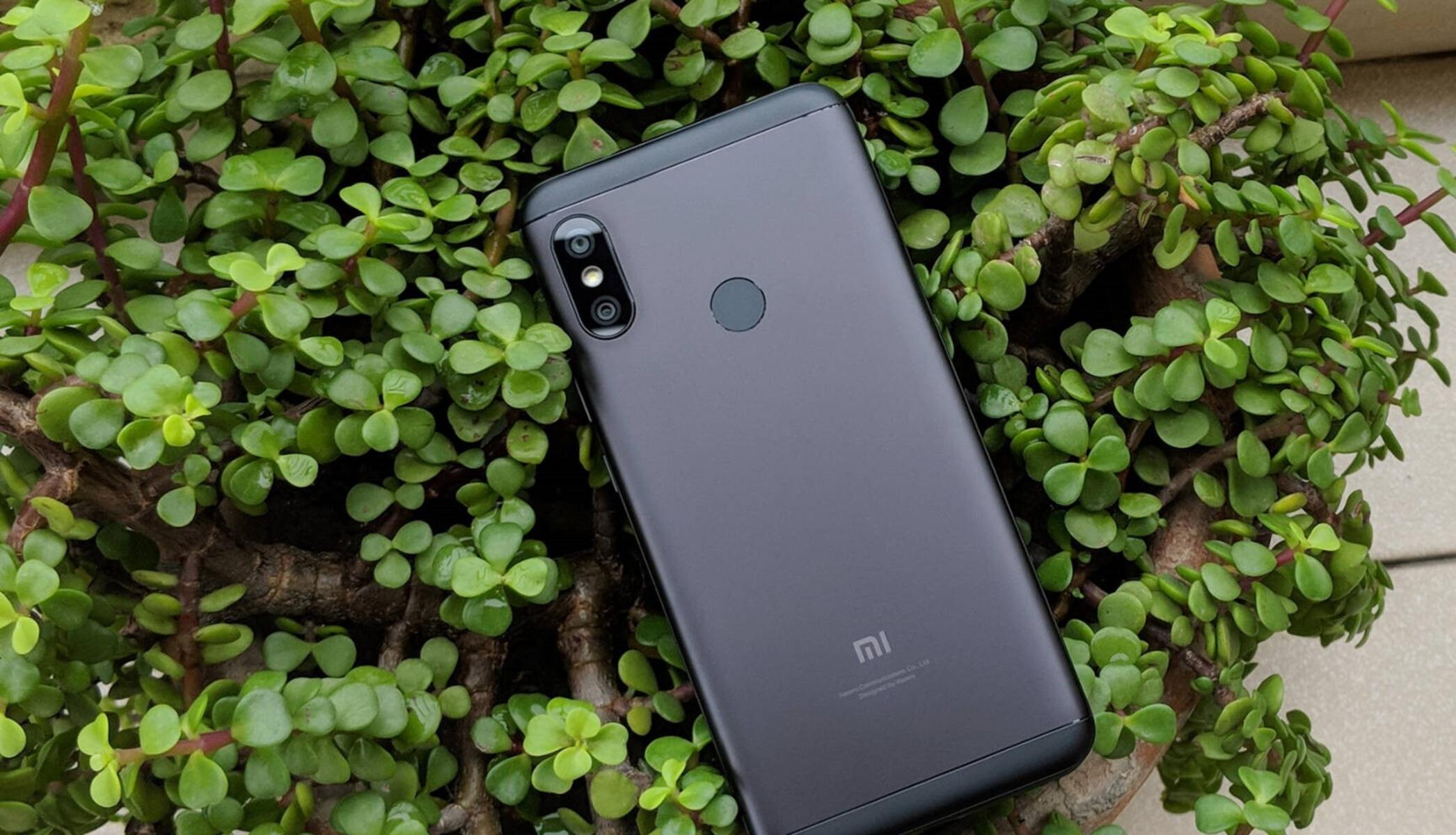Introduction
Flashing a ROM on your Xiaomi device can breathe new life into your smartphone, offering enhanced performance, updated features, and a fresh user experience. Whether you're seeking to optimize your device's functionality or simply exploring the world of custom ROMs, this step-by-step tutorial will guide you through the process with clarity and precision.
By unlocking the bootloader, installing TWRP recovery, downloading the ROM, and flashing it onto your device, you can unleash the full potential of your Xiaomi smartphone. This comprehensive guide will equip you with the knowledge and confidence to embark on this exciting journey, empowering you to customize your device according to your preferences and needs.
As we delve into each step, you'll gain a deeper understanding of the intricacies involved in flashing a ROM, allowing you to make informed decisions and navigate the process seamlessly. Whether you're a tech enthusiast eager to explore the world of custom ROMs or a user seeking to optimize your device's performance, this tutorial is designed to cater to your needs and provide a rewarding experience.
So, without further ado, let's embark on this exhilarating journey of flashing a ROM on your Xiaomi device. Get ready to unlock the full potential of your smartphone and elevate your user experience to new heights.
Step 1: Unlocking the Bootloader
Unlocking the bootloader is the initial step in the process of flashing a custom ROM on your Xiaomi device. The bootloader acts as a security feature that restricts the installation of custom software on your smartphone. By unlocking the bootloader, you gain the freedom to install custom ROMs, root your device, and explore a myriad of customization options.
Why Unlock the Bootloader?
Unlocking the bootloader provides you with the flexibility to customize your device beyond the limitations imposed by the stock firmware. It enables you to install custom recoveries, such as TWRP, which are essential for flashing custom ROMs and performing advanced system modifications. Additionally, unlocking the bootloader allows you to unleash the full potential of your device by accessing features and functionalities that are not available in the stock firmware.
Preparing Your Device
Before initiating the bootloader unlocking process, it is crucial to back up all important data on your device. Unlocking the bootloader will erase all data on your smartphone, including apps, photos, and settings. Therefore, creating a comprehensive backup ensures that your valuable data remains secure throughout the process.
Enabling Developer Options and USB Debugging
To unlock the bootloader, you need to enable Developer Options on your Xiaomi device. This can be done by navigating to the "About Phone" section in the device settings and tapping the "Build Number" seven times. Once Developer Options are enabled, you can access the USB Debugging option, which is essential for establishing a connection between your device and the computer during the bootloader unlocking process.
Obtaining the Unlock Code
Xiaomi provides an official method for unlocking the bootloader through the Mi Unlock tool. To begin, you must visit the official Xiaomi website and apply for the bootloader unlock permission. Once your application is approved, you will receive an unlock code, which is required to unlock the bootloader of your device.
Unlocking the Bootloader
After obtaining the unlock code, you can proceed to unlock the bootloader using the Mi Unlock tool. This involves connecting your Xiaomi device to the computer, entering the fastboot mode, and executing the unlock command using the provided unlock code. Upon successful execution, the bootloader will be unlocked, granting you the freedom to embark on the next steps of flashing a custom ROM.
Unlocking the bootloader is a pivotal step that sets the stage for the subsequent phases of customizing your Xiaomi device. By following the prescribed procedures and exercising caution, you can successfully unlock the bootloader and pave the way for an enriching journey of exploring custom ROMs and optimizing your smartphone's performance.
Step 2: Installing TWRP Recovery
Installing TWRP (Team Win Recovery Project) recovery on your Xiaomi device is a crucial step in the process of flashing a custom ROM. TWRP recovery serves as a powerful tool that facilitates the installation of custom ROMs, system backups, and advanced system modifications. By replacing the stock recovery with TWRP, you gain access to a plethora of features and functionalities that are essential for customizing and optimizing your device.
Why Install TWRP Recovery?
TWRP recovery offers a user-friendly interface and a wide array of tools that empower you to take full control of your device's software. Unlike the stock recovery, TWRP provides advanced options for managing system partitions, creating and restoring backups, and flashing custom ROMs and mods. Additionally, TWRP enables you to perform system-level tasks, such as wiping cache and Dalvik cache, which are instrumental in maintaining the optimal performance of your device.
Preparing for TWRP Installation
Before proceeding with the installation of TWRP recovery, it is essential to ensure that your Xiaomi device is fully charged to avoid any interruptions during the process. Additionally, backing up your data is recommended to safeguard against any unforeseen issues that may arise during the installation. By creating a comprehensive backup of your device's data, including apps, photos, and personal files, you can mitigate the risk of data loss and proceed with confidence.
Downloading TWRP for Your Device
To install TWRP recovery, you need to download the specific TWRP image file designed for your Xiaomi device model. The official TWRP website provides a repository of TWRP images for various devices, ensuring compatibility and reliability. It is crucial to download the correct TWRP image corresponding to your device model to ensure a seamless installation process.
Installing TWRP Using Fastboot
The installation of TWRP recovery involves utilizing the fastboot mode to flash the TWRP image onto your device. By connecting your Xiaomi device to the computer and entering fastboot mode, you can execute the fastboot command to install TWRP. This process replaces the stock recovery with TWRP, granting you access to its extensive features and functionalities.
Verifying TWRP Installation
Upon successful installation, you can boot into TWRP recovery to verify its functionality. Accessing TWRP recovery mode allows you to navigate its interface, create backups, and prepare for the subsequent step of downloading and flashing the custom ROM onto your device.
Installing TWRP recovery on your Xiaomi device marks a significant milestone in the journey of customizing and optimizing your smartphone. With TWRP in place, you are equipped with a robust recovery solution that empowers you to explore custom ROMs and unleash the full potential of your device.
Step 3: Downloading the ROM
Downloading the custom ROM is a pivotal step in the process of enhancing your Xiaomi device with a new and feature-rich firmware. Custom ROMs offer a myriad of benefits, including performance optimizations, updated features, and a personalized user experience. By selecting a reputable custom ROM that aligns with your preferences and device compatibility, you can elevate your smartphone's functionality and explore a diverse range of customization options.
When embarking on the journey of downloading a custom ROM for your Xiaomi device, it is essential to prioritize reliability and compatibility. Opting for a well-established custom ROM that is actively maintained and supported by a dedicated community ensures a seamless and rewarding experience. Additionally, verifying the compatibility of the custom ROM with your specific Xiaomi device model is crucial to avoid potential issues during the flashing process.
To initiate the process of downloading the custom ROM, you can explore reputable sources such as XDA Developers, LineageOS, and other trusted custom ROM repositories. These platforms offer a diverse selection of custom ROMs tailored for various Xiaomi device models, providing users with the flexibility to choose a firmware that resonates with their preferences and requirements.
Before proceeding with the download, it is recommended to thoroughly research and evaluate the available custom ROM options, taking into account user reviews, feature sets, and performance benchmarks. This proactive approach enables you to make an informed decision and select a custom ROM that aligns with your desired user experience and functional enhancements.
Once you have identified the custom ROM that best suits your needs, you can proceed to download the ROM package onto your computer or directly onto your Xiaomi device. It is imperative to ensure that the downloaded ROM package is intact and free from corruption to prevent any complications during the flashing process.
By meticulously selecting and downloading a reputable custom ROM, you set the stage for the final and transformative step of flashing the ROM onto your Xiaomi device. This strategic approach empowers you to embrace a new and enriched user experience, characterized by enhanced performance, updated features, and a personalized interface tailored to your preferences.
Step 4: Flashing the ROM
Flashing the custom ROM onto your Xiaomi device is the culminating step in the process of transforming your smartphone with a new and feature-rich firmware. This pivotal phase empowers you to replace the stock firmware with a custom ROM, unlocking a realm of possibilities for performance enhancements, updated features, and personalized user experiences.
Preparing for ROM Flashing
Before initiating the ROM flashing process, it is essential to ensure that your Xiaomi device is adequately charged to prevent any interruptions during the installation. Additionally, creating a comprehensive backup of your device's data is highly recommended to safeguard against potential data loss. By backing up your apps, photos, and personal files, you can proceed with confidence, knowing that your valuable data is secure.
Transferring the ROM Package
If you have downloaded the custom ROM package onto your computer, you can transfer it to your Xiaomi device's internal storage or SD card. Alternatively, if you downloaded the ROM directly onto your device, ensure that the ROM package is easily accessible and located in a directory that facilitates seamless navigation during the flashing process.
Booting into TWRP Recovery
To initiate the ROM flashing process, you need to boot your Xiaomi device into TWRP recovery mode. This involves powering off the device and then entering the TWRP recovery interface by pressing the designated hardware key combination or executing the boot command via ADB (Android Debug Bridge) from your computer.
Flashing the ROM
Once in TWRP recovery mode, navigate to the "Install" option and select the custom ROM package that you transferred or downloaded. Confirm the flashing process, and TWRP will commence installing the custom ROM onto your device. It is crucial to exercise patience and refrain from interrupting the process to ensure a successful installation.
Verifying the Installation
After the ROM flashing process is complete, you can reboot your Xiaomi device. Upon rebooting, the newly installed custom ROM will come to life, presenting you with an enriched user interface and a host of updated features. Take a moment to explore the functionalities and customizations offered by the custom ROM, reveling in the transformative experience that has rejuvenated your smartphone.
Flashing the custom ROM onto your Xiaomi device marks the culmination of a transformative journey, empowering you to embrace a new and enriched user experience. By meticulously following the prescribed procedures and exercising caution, you have successfully customized and optimized your device, unlocking its full potential and setting the stage for a rewarding smartphone experience.
Conclusion
In conclusion, the process of flashing a custom ROM on your Xiaomi device represents a transformative journey that empowers you to customize and optimize your smartphone according to your preferences and needs. By unlocking the bootloader, installing TWRP recovery, downloading a reputable custom ROM, and flashing it onto your device, you have embarked on a rewarding endeavor that elevates your user experience to new heights.
The decision to flash a custom ROM is driven by the desire for enhanced performance, updated features, and a personalized interface that resonates with your unique preferences. Throughout this tutorial, you have gained valuable insights into the intricacies of each step, equipping yourself with the knowledge and confidence to navigate the process seamlessly.
Unlocking the bootloader served as the foundational step, granting you the freedom to explore custom ROMs and delve into the realm of advanced customization options. Installing TWRP recovery further empowered you with a robust toolset for managing system modifications, creating backups, and flashing custom firmware onto your device.
Downloading the custom ROM marked a pivotal phase, where you carefully selected a firmware that aligns with your desired user experience and functional enhancements. By prioritizing reliability and compatibility, you ensured a seamless transition to the final and transformative step of flashing the ROM onto your Xiaomi device.
As you reboot your device and witness the newly installed custom ROM come to life, you are greeted with an enriched user interface, updated features, and a host of customization options that breathe new life into your smartphone. The culmination of this process signifies a significant achievement, as you have successfully customized and optimized your device, unlocking its full potential and setting the stage for a rewarding smartphone experience.
In essence, the journey of flashing a custom ROM on your Xiaomi device is a testament to your dedication to exploring the possibilities of customization and optimization. By embracing this transformative experience, you have elevated your smartphone to a new level, characterized by enhanced performance, updated features, and a personalized user interface tailored to your preferences. As you embark on this new chapter with your customized Xiaomi device, may it serve as a testament to the endless possibilities that await within the realm of mobile device customization.







